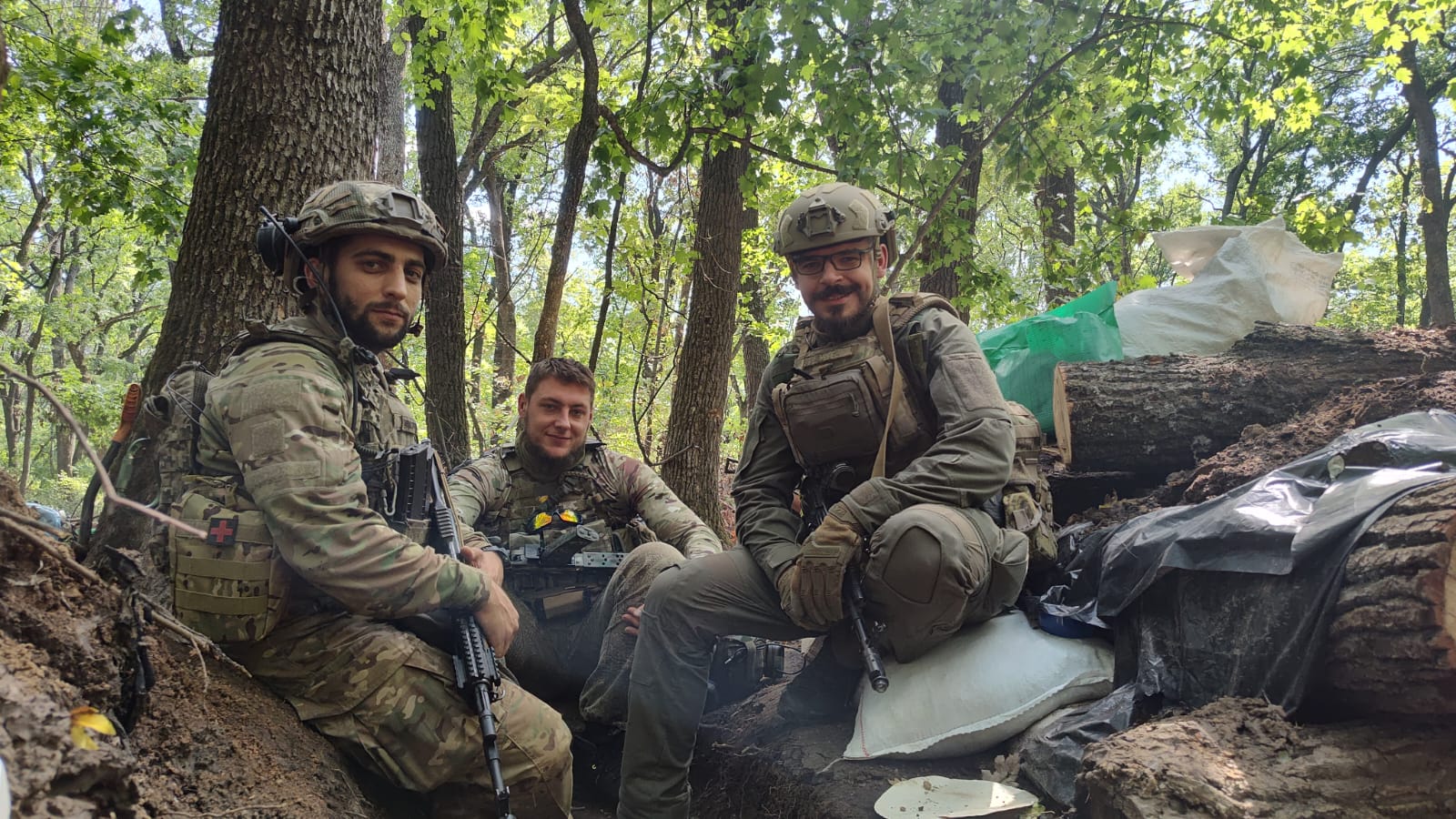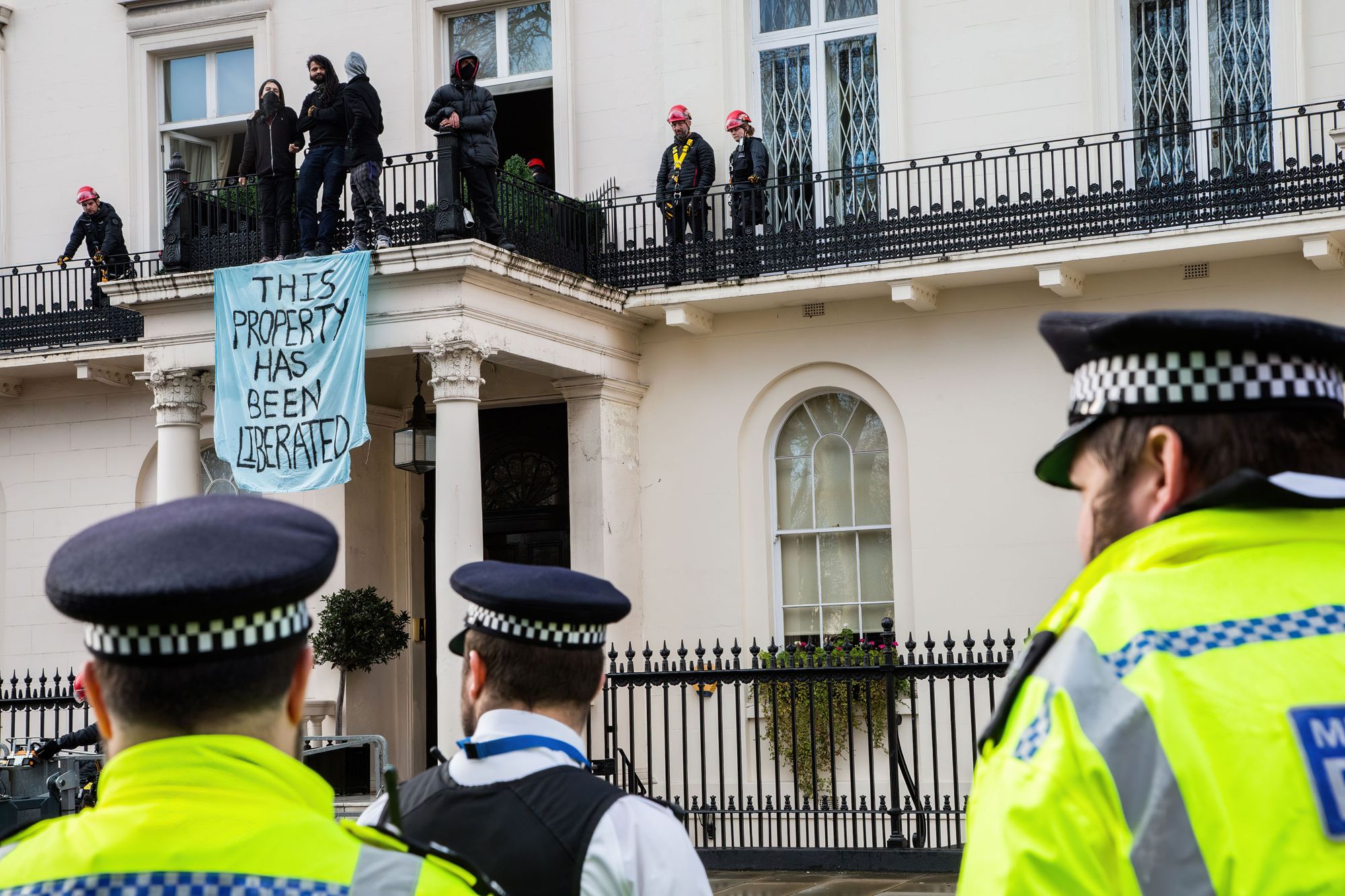Ukraine war latest: Ukraine lacks necessary equipment but still advances, Zaluzhnyi says in rare interview

Key developments on June 30:
- Zaluzhnyi: Advances daily despite lack of necessary Western equipment
- Ukraine to strengthen northern borders, Zelensky says
- EU wants interest from Russian money to help Ukraine
Ukraine's forces advance daily by "at least 500 meters" during the summer counteroffensive despite the lack of military hardware like F-16 fighter jets, Commander-in-Chief of the Armed Forces Valerii Zaluzhnyi told the Washington Post.
General Zaluzhnyi said the counteroffensive is "not a show," commenting on some complaints of Ukraine's slow progress at the front.
"Every day, every meter is given by blood," Zaluzhnyi said.
The commander-in-chief mentioned NATO's doctrine, where air superiority is established before launching an offensive, comparing advancing without modern fighter jets to fighting with "bows and arrows."
He added that Russian artillery fire outnumbers Ukraine's several times.
"Without being fully supplied, these plans are not feasible at all," Zaluzhnyi told the Washington Post. "But they are being carried out. Yes, maybe not as fast as the participants, the observers, would like, but that is their problem."
Ukraine launched its counteroffensive on June 8 in Donetsk and Zaporizhzhia oblasts, having limited success so far, with several settlements liberated from Russian control, including territories occupied since 2014.
Defense Minister Oleksii Reznikov said on June 28 that the main Ukraine's attack is yet to come.
The Institute for the Study of War reported on June 29 that the announcements from top Ukrainian officials indicate Ukraine has seized the strategic initiative in advance on Bakhmut in eastern Donetsk Oblast. Ukraine reportedly will leverage the advantage in a broad offensive.
Nevertheless, Russia still has "powerful forces" of up to 50,000 troops and over 300 tanks and 330 artillery systems in the Bakhmut direction, the Eastern Command spokesperson Serhii Cherevatyi said on June 30.
Wanger threat
Ukraine will strengthen its northern borders amid reports of Wagner's redeployment to Belarus, President Volodymyr Zelensky said on June 30.
The Kremlin-controlled Wagner Group launched an armed rebellion against Russian military leadership on June 23. During a day-long rebellion, the mercenaries managed to seize the Southern Military District headquarters in the city of Rostov and marched toward Moscow.
As a result of an undisclosed agreement between Wagner's founder and the Kremlin, reportedly brokered by Belorussian dictator Alexander Lukashenko, warlord Prigozhin and his mercenaries were allowed to move to Belarus to avoid persecution.
The Russian outlet Verstka, citing its sources in Belarus, reported a military camp for 8,000 Wagner troops under construction at Asipovichy, some 200 kilometers (124 miles) north of Ukraine's border.
However, Ukraine's Military Intelligence Chief Kyrylo Budanov said on June 30 that Prigozhin didn't plan a massive stationing of his troops in Belarus and expected to redeploy the mercenaries to Africa.
Prigozhin needs Belarus as a hub for logistic purposes and recruitment, Budanov said.
After the announcement that Wagner troops will move to Belarus, Poland, Latvia, and Lithuania called for reinforcement of NATO's eastern flank in response to the alleged transfer of the Wagner Group mercenaries to Belarus.
The U.S. Defense Department continues to see Wagner Group mercenaries in Russian-controlled regions of Ukraine, Pentagon spokesperson Pat Ryder told reporters during a June 29 briefing.
"Right now, we continue to see some elements of the Wagner Group in Russian-occupied territory in Ukraine," Ryder said.
Ryder said it is "too early to tell right now" in what capacity the Wagner Group will operate for the duration of the war.
EU leaders want Russian money to work for Ukraine
EU leaders are in favor of a plan to impose a tax on profits generated by the frozen assets of the Russian Central Bank to aid Ukraine's reconstruction, Bloomberg reported on June 30.
The profits from frozen Russian assets reportedly could generate up to $3.3 billion in cash and securities.
The EU seeks to gain the backing of the G7 countries and has discussed the plans with the U.S. The U.K. already backed the idea, according to the report.
Nevertheless, the plan still faces legal obstacles, as the generated profits from the sanctioned assets will ultimately belong to the Russian state.
The EU has been exploring options for using over $200 billion of frozen Russian Central Bank assets to aid Ukraine.
Although Brussels assessed that it could not legally confiscate the funds, the EU officials have been discussing how to at least use the profits generated from these assets to send them to Ukraine.
Some U.S. lawmakers support a more direct approach and have proposed a bill to confiscate Russian sovereign assets to bolster Ukraine's reconstruction efforts.
The European Commission has pledged on June 22 to provide financial support of up to $54.7 billion (50 billion euros) to Ukraine from 2024 to 2027. This funding aims to ensure macro-financial stability, facilitate recovery and reconstruction efforts, and promote the country's modernization while implementing crucial reforms on the EU integration track.
On April 20, Prime Minister Denys Shmyhal informed that up to 60 countries have pledged to help rebuild Ukrainian cities, towns, and villages. Over 300 settlements have already signed around 1,500 individual agreements with various parties on the reconstruction, Smhyhal said.
The total damages in Ukraine caused by Russia's war have reached almost $143.8 billion, according to the Kyiv School of Economics.













